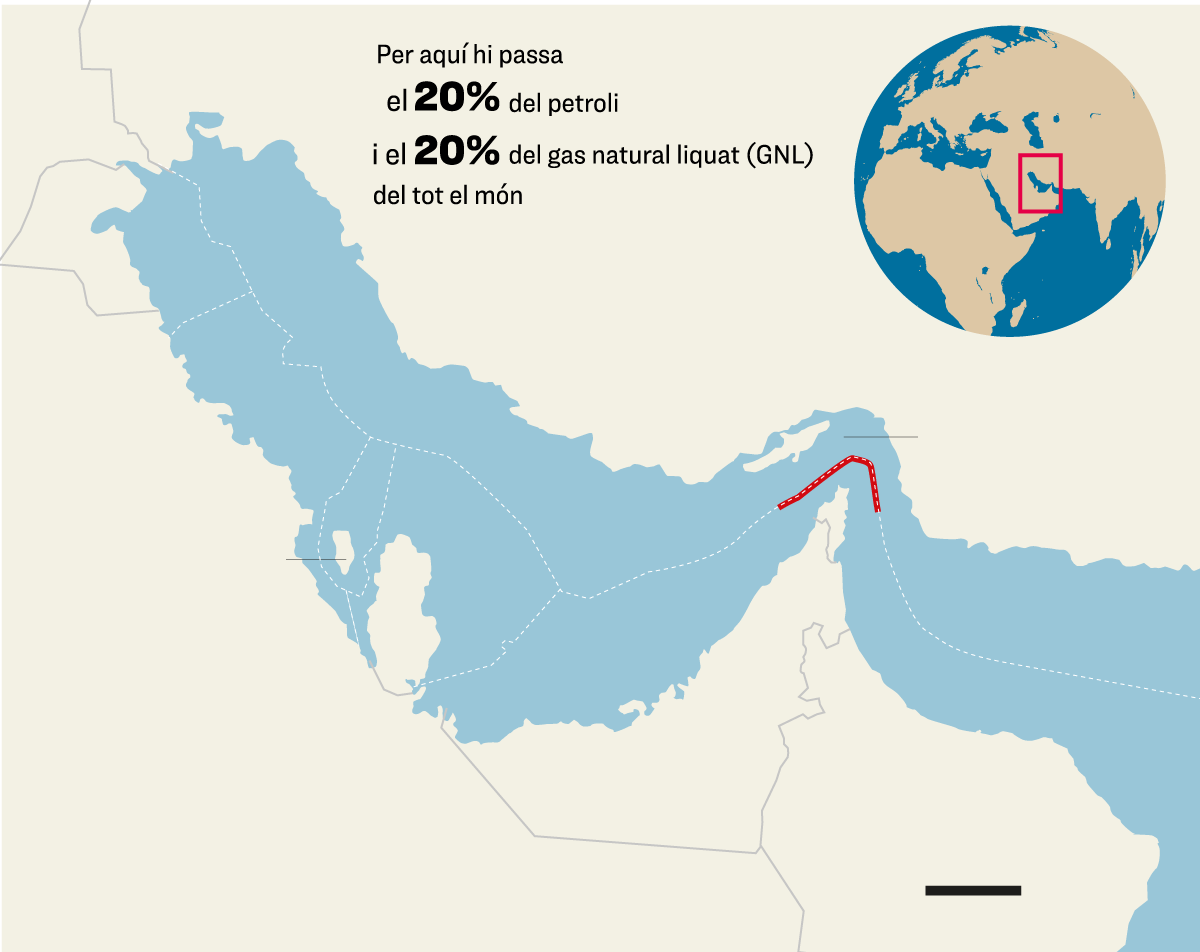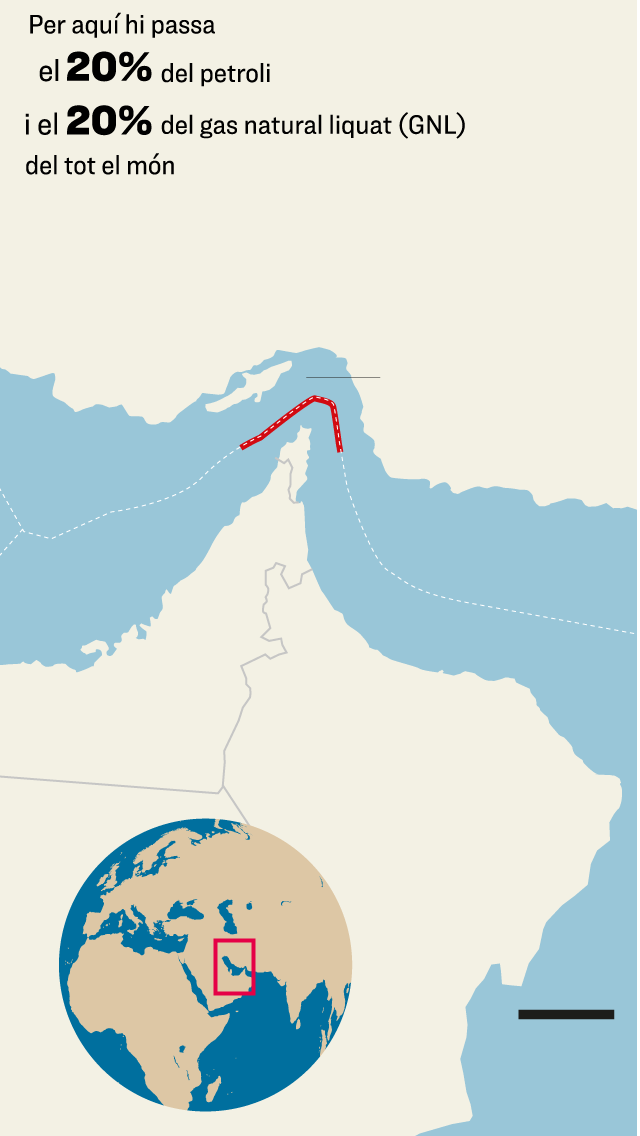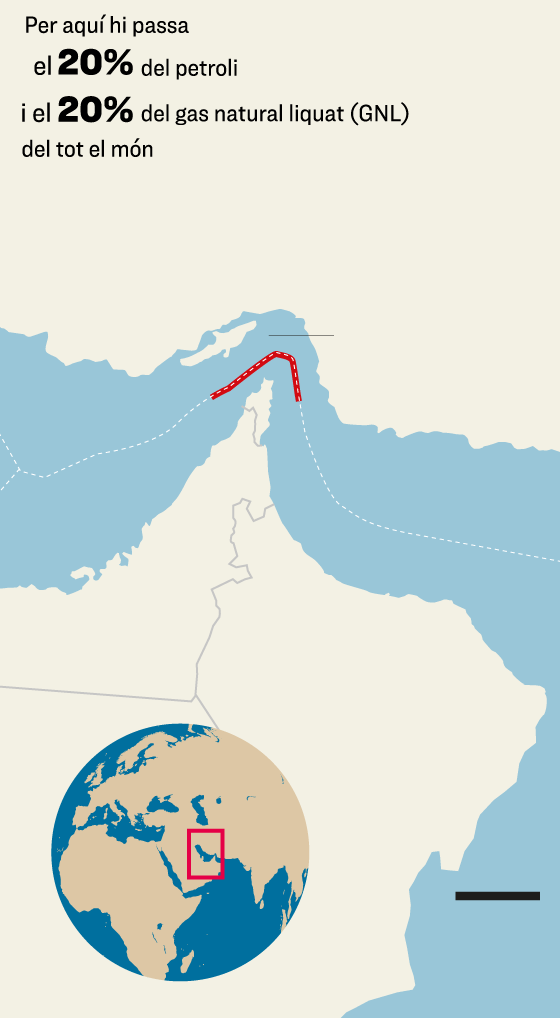The Ayatollahs' dilemma: survive or respond to the attack
For now, Tehran has opted for a restrained response to the US attack.


BeirutThe Middle East has entered one of the most dangerous, explosive, and unpredictable phases in decades. The United States' objective is to paralyze the nuclear program and pressure Tehran to yield. Have the bombings really destroyed Iran's capabilities? And how will Iran respond? The Fordow nuclear base is half-buried and can withstand days of bombing. Furthermore, Iran could have moved the nuclear material to other secret facilities, Rizk warns. The regime is faced with the dilemma of adding fuel to the fire or opting to survive. For now, it has opted for a restrained response. It will not be able to respond forcefully if new red lines are created and warns that any American presence in the region is a legitimate target.
Meanwhile, open warfare between Iran and Israel continues. The Israeli army announced this Sunday that its aircraft attacked dozens of military targets in several Iranian provinces. According to the official statement, the bombings targeted a strategic missile site in the Yazd region, from where Iran reportedly fired sixty missiles at Israel.
Since Israel began its offensive against Iran on June 13, it has also killed senior Revolutionary Guard officers, including the chief of staff and the commander of the aerospace force. "The offensive was intended to disrupt their immediate reaction capacity," explains Munir Mahmalat, an analyst at the Lebanese Center for Policy Studies (LCPS). However, the Revolutionary Guard has an automated structure. This means that protocols allow operations to continue even if the chain of command is severed. "The military machine continues to function despite the losses."
Khamenei maintains control.
Mahmalat also highlights that Iran's Supreme Leader, Ali Khamenei, maintains control of strategic hubs, and the dual structure of the armed forces remains operational. Furthermore, he says, neither the missile nor the drone program has been deactivated. In short, Iran has the resources to continue applying pressure.
The United States currently has around 2,500 military personnel deployed in Iraq. Although their official mission is to combat the Islamic State, their presence has become a risk. Pro-Iranian militias consider them legitimate targets. The Iraqi government is trying to stay out of the conflict, but it is finding it increasingly difficult. Its vulnerability is evident because its air defenses are limited. For example, on June 15, an Iranian drone was intercepted in Irbil by US systems. Furthermore, Iraq depends on Iranian gas to generate a third of its electricity consumption. And Iran has already turned off the tap on other occasions. Now, a long-term outage would cause social chaos.
Saudi Arabia, the United Arab Emirates, and Qatar are watching the situation cautiously. They fear that an escalation could affect their refineries and ports. They haven't condemned the US attack, but they haven't supported it either. Oil prices have risen. Shipping companies have raised their rates on the Golf, and insurers are limiting their operations to exposed areas. The threat of an energy crisis is real, especially after Iran warned it could close the Strait of Hormuz.
China and Russia have condemned the US offensive, which they consider a violation of Iranian sovereignty and international law, and have requested a meeting of the UN Security Council. In Europe, Germany, France, and the United Kingdom have called for restraint, although the British government has expressed its support for Washington. Turkey and India are also urging dialogue. And the European Union has reactivated its diplomatic channels in Qatar and Oman. Be that as it may, the situation is volatile, and the next steps will determine the course of a crisis that has already completely altered the regional balance.



